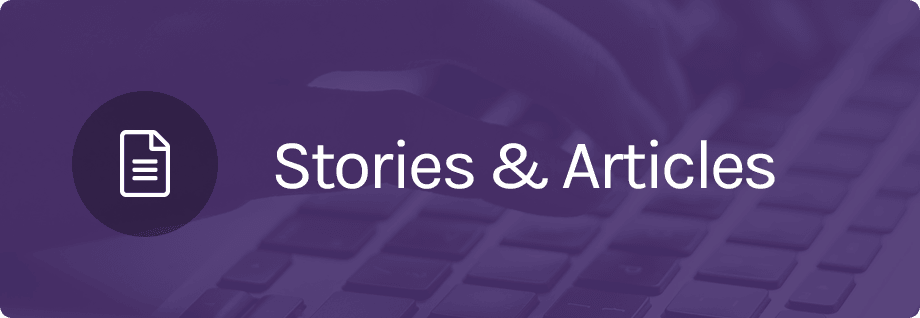Artificial intelligence (AI) is changing the way companies operate. It’s not just a futuristic idea anymore. Today, businesses use AI tools and digital helpers, known as AI agents, to get work done faster and smarter. But this fast change comes with a new challenge: ghost IT. As employees start using new AI tools on their own, without IT approval, companies struggle to keep control and stay secure.
What Are AI Agents and Why Do They Matter?
AI agents are smart digital assistants that can do specific jobs automatically. They don’t just wait for instructions—they can make decisions, learn from data, and improve over time. These agents can help send emails, manage schedules, track sales, or answer customer questions. They are like extra teammates who never sleep.
For example, a marketing manager can use an AI agent to plan and post social media content. A finance director can use one to check budgets and find errors in reports. A customer support team can use AI chatbots to solve most customer problems without human help. This doesn’t just save time—it lets people focus on creative and strategic work.
Real-World Example: Coca-Cola and AI Creativity
Coca-Cola used an AI platform called ChatGPT and a design tool called DALL·E to create a global ad campaign called Create Real Magic. This allowed fans to make their own Coke-themed artwork using AI. The campaign exploded online, generating millions of interactions. Coca-Cola showed how AI agents can inspire creativity and connect with audiences in new ways.
Real-World Example: Goldman Sachs and Process Automation
Goldman Sachs has been using AI to automate back-office work like loan approval and data entry. Their AI agents can now handle routine checks that used to take hours. This helped the company cut costs and speed up decisions while freeing employees to focus on analysis and strategy.
The Benefits: Faster, Smarter, and More Efficient
AI agents are helping companies in three big ways:
- Saving Time: Routine tasks can run on autopilot.
- Cutting Costs: Fewer manual jobs mean more money for innovation.
- Connecting Data: AI tools can pull information from different systems, giving teams a full view of what’s happening.
But there’s a flip side. When employees start using tools on their own, it can create confusion, security risks, and compliance problems.
What Is Ghost IT?
Ghost IT happens when employees use software or AI tools that the company didn’t approve or set up. This usually isn’t done on purpose to break rules—it’s because people want to work faster and smarter. But these tools can cause problems if they don’t follow company security or privacy standards.
For instance, someone might upload a client report to an online AI tool to summarize it. If that tool stores the data, it could break privacy laws or leak information to competitors.
Why Ghost IT Is Growing So Fast
- AI Is Easy to Access: Anyone can sign up for an AI tool online in minutes.
- People Want to Be Productive: Employees use AI to get more done—even if IT hasn’t approved it yet.
- IT Moves Slowly: Big companies take time to review and approve new tools, but AI evolves almost every week.
- Younger Workers Expect Flexibility: New generations of employees prefer tools that adapt to them, not the other way around.
Real-World Example: ChatGPT in Healthcare
In 2023, several hospitals began using ChatGPT-style tools to help doctors write clinical notes. Some teams used them before official approval, raising big questions about patient privacy. The healthcare organizations later created clear rules for AI use—showing how important it is to stay ahead of ghost IT.
The Dangers of Ghost IT
Ghost IT can lead to serious problems if left unchecked:
- Data Leaks: Sensitive data might be stored in unsafe places.
- Rule Violations: Using unapproved tools might break laws like HIPAA or GDPR.
- Duplication: Different teams may buy or use tools that overlap, wasting money.
- Brand Damage: Unchecked AI could produce content that doesn’t match company values.
How Companies Can Stay Safe While Using AI
To make AI work safely and effectively, companies should set up clear rules and systems:
- AI Governance: Create policies that explain which tools are safe to use and how data should be handled.
- Monitoring Systems: Use software that tracks what tools employees are connecting to the network.
- Company AI Library: Offer approved AI tools that employees can use safely, reducing the temptation to go rogue.
- Training Programs: Teach teams how to use AI responsibly and protect sensitive data.
- Integrate AI: Build approved AI tools right into company systems, like CRMs and workflow apps, so they become part of everyday work.
Real-World Example: Microsoft Copilot
Microsoft has built AI tools like Copilot directly into Office 365. This means employees can use AI safely inside trusted systems to write emails, summarize meetings, and create presentations—without needing third-party tools. It’s a smart way to balance innovation with control.
From Chaos to Coordination
The rise of ghost IT isn’t about rebellion—it’s about people trying to move faster. The best companies won’t fight this trend. They’ll learn from it. By embracing AI and setting clear guardrails, leaders can turn ghost IT into guided innovation.
The future will belong to organizations that use AI agents wisely—empowering employees to innovate while keeping data secure. With the right structure, ghost IT doesn’t have to be a problem. It can be the spark that drives a new era of creativity and productivity.



